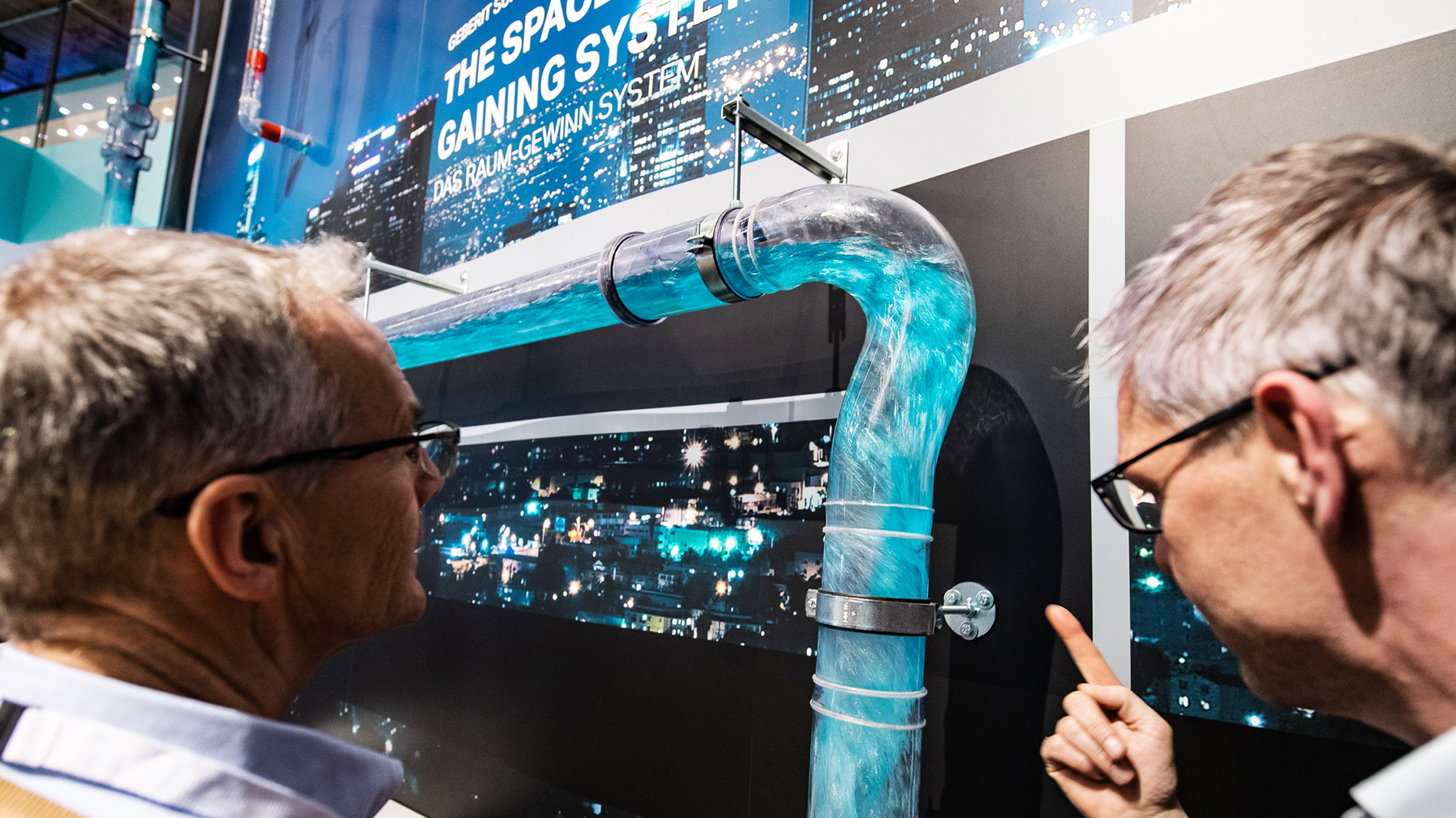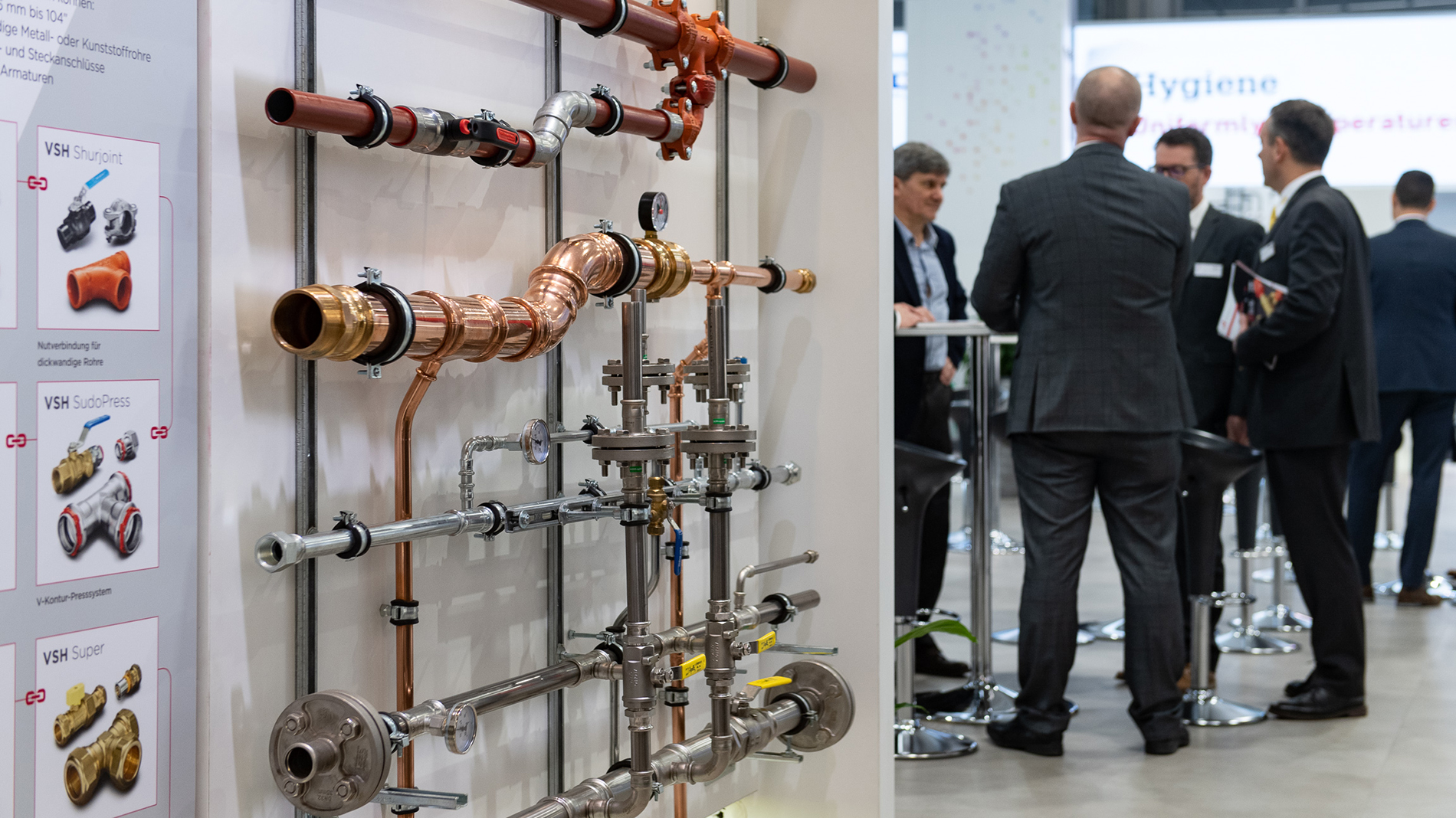To the Top Themes overview

In fact, the situation is clear: the European Drinking Water Guidelines cover all aspects of the issue and stipulate, amongst other things, substances and quantities that are permissible in drinking water as a result of its passage through the supply system. These measures are implemented in national laws, such as, for instance, the German Drinking Water Ordinance, which also provides for positive lists of reagents that may come into contact with drinking water. By following these regulations manufacturers ought, in principle, to be on the safe side. But what is considered ‘clean’ today may perhaps no longer be acceptable as clean tomorrow. For the EU’s Drinking Water Guidelines are currently being overhauled. The EU Parliament and the European Council came to an agreement at the end of 2019, based on a suggestion that, inter alia, some of the benchmarks should be lowered.
The regulations and standards are, therefore, likely to become stricter – so that, for instance, after a given transition period, the limit for lead is set to be reduced by a half. And that does not only apply to drinking water, but to all materials that come into contact with it. It is the REACH regulations on chemical substances which is responsible for the increased pressure in this regard. On that basis, lead has been categorised as one of the substances in need of regulation, in line with the discernible aim of progressively limiting and eventually suppressing its use altogether.

As a matter of principle, Germany’s VDMA Fittings Association and its brand manufacturers fully support, in principle, any and all attempts to guarantee the highest quality drinking water. It is no coincidence that the German Environment Agency currently rates the quality of drinking water in Germany as ‘very good’. Notwithstanding this, there continue to be different opinions in Europe about the standards to be maintained. And the consequence of this may well be that existing national regulations and technical standards will become obsolete. The harmonisation of substances, materials and products that are allowed to come into contact with drinking water is an important target for Europe. In order to make progress in that direction, Germany, France, Great Britain and the Netherlands have already proposed positive reagent lists. These will, hopefully, not only ensure greater certainty for the companies concerned and enable them to plan more effectively, but it will also help make the ongoing European quest for clean, safe drinking water significantly easier.